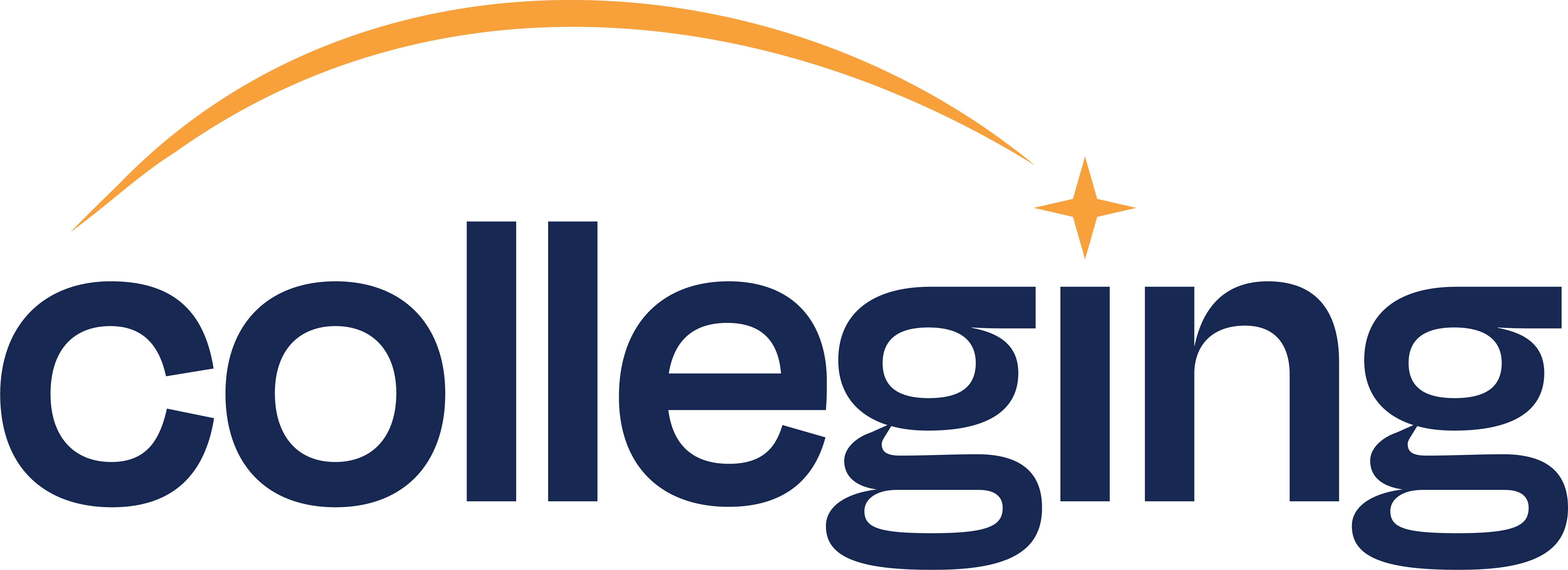May 16, 2023
529 Plans: A Bad Name for a Great Way to Save for College … and More
In the 1990s, Congress started 529 college savings programs to help families create a nest egg for college. Although marketers would surely advise against naming a program after a section of the tax code, Section 529 in this case, “529s” grew into a preferred way of saving for college.

With terrific tax benefits and lots of flexibility to move money among beneficiaries, an estimated 16 million current account holders have saved more than $410 billion in 529 plans. To help even more families, Congress expanded 529s to more than just saving for college, including:
- Paying tuition at private and parochial elementary and secondary schools, up to $10,000 per year
- Repaying principal and interest on student loans, up to $10,000 per beneficiary
- Participating in apprenticeship programs listed under Section 1 of the National Apprenticeships Act. Check out this site to learn more about registered apprenticeship programs.
- Up to $35,000 of a 529 account can be rolled into a Roth IRA starting in January 2024.
What are the Benefits of Investing in a 529 Plan?
- Tax-free growth. Once contributions are made to a plan, the earnings and gains on the investment are not taxed if the withdrawals are made for qualified college education expenses, paying secondary school tuition, repaying student loans, or participating in registered apprenticeships. Many states offer additional tax benefits (credits or deductions) as well.
- No income limitations. Anyone, regardless of income, can contribute to a 529 program, up to the maximum contribution limits or plan cap levels for each program, which can be several hundred thousand dollars.
- Easy to switch beneficiaries. An account owner (the one who opens and holds the account) may change the beneficiary of the account to others, including themselves. This is particularly helpful if a student beneficiary decides not to go to college or if there is money left in the account after the student graduates.
- Financial Aid friendly. Families concerned that their savings may affect their eligibility for need-based financial aid should consider 529s. On the FAFSA® (Free Application for Federal Student Aid), money saved in a 529 plan owned by the parent (or by the dependent student) is assessed at a maximum of 5.64%. For example, $10,000 saved in a 529 could end up reducing financial aid eligibility by $564. This is generally much better than having money in a standard savings account in the student’s name, where it can be weighed against financial aid eligibility up to 20%.
Where Can I Find a 529 Plan?
Go to the free “Find My State’s 529 Plan” on The National Association of State Treasurers’ College Savings Plans Network website. Or use the 529 Search and Compare tool that allows you to select and compare several plans from different states.
These free tools will help you identify a plan that may work best for you. You do not have to use the plan in the state in which you reside. You should consider any tax deduction or credit offered by your state for investment in plans offered in that state only or for your investment in plans offered by other states. When choosing a plan, also consider each Plan’s investment returns with the understanding that past performance is not a reliable indication of future performance.
3 Tips for Making 529 Plans Work for You
- Start making contributions NOW. Saving a Dollar Today is Better than Borrowing One Tomorrow®. It’s never too early or too late to save for college. If you start when your child is young, there is more time for the savings to compound over time. To see the power of compounding, use this free calculator to estimate The Cost of Delaying Savings. For high school-aged students, saving even a little now will likely reduce the amount they may have to borrow.
- Set up automatic monthly contributions. Most 529 plans can be opened with very little money – some as low as $15. Setting up an affordable monthly contribution from your bank account will help you stay on track, and you may not even miss the money using this strategy.
- Crowd Fund the account. Encourage grandparents, other relatives, and friends to contribute to 529 plans as birthday and holiday gifts. Most plans have easy-to-use gifting platforms or people can purchase a gift card at GiftofCollege.
Some Fine Print
- No double-dipping on student loan interest. 529 account holders who make withdrawals to pay student loan interest cannot also claim a student loan interest deduction on their taxes.
- The permitted $10,000 withdrawal from 529 plans for student loans is a lifetime aggregate cap per beneficiary, but these savings can be used to pay off up to $10,000 of student loans for multiple beneficiaries.
- Now that 529 plans can be used to pay off student loans, contributing to the plans while a student is still in college makes more sense – particularly if tax-advantaged earnings and gains on the 529 savings turn out to be greater than the interest rate on the loan.
- Distributions from grandparent-owned 529 plans are currently considered untaxed income to students on the FAFSA® financial aid form. This will likely change when the Department of Education finalizes the new rules for financial aid eligibility for Academic Year 2024-25, making grandparent-owned 529 distributions a non-reportable item on the FAFSA®.
The Last Word
These new provisions make already-favorable 529 savings plans even better to save for all levels of education - elementary, secondary, post-secondary, and now, apprenticeships - and to pay off student loans. The best advice is to start saving as early as possible, evaluate the pros and cons of each saving option, and plan to make college more affordable for your family.
